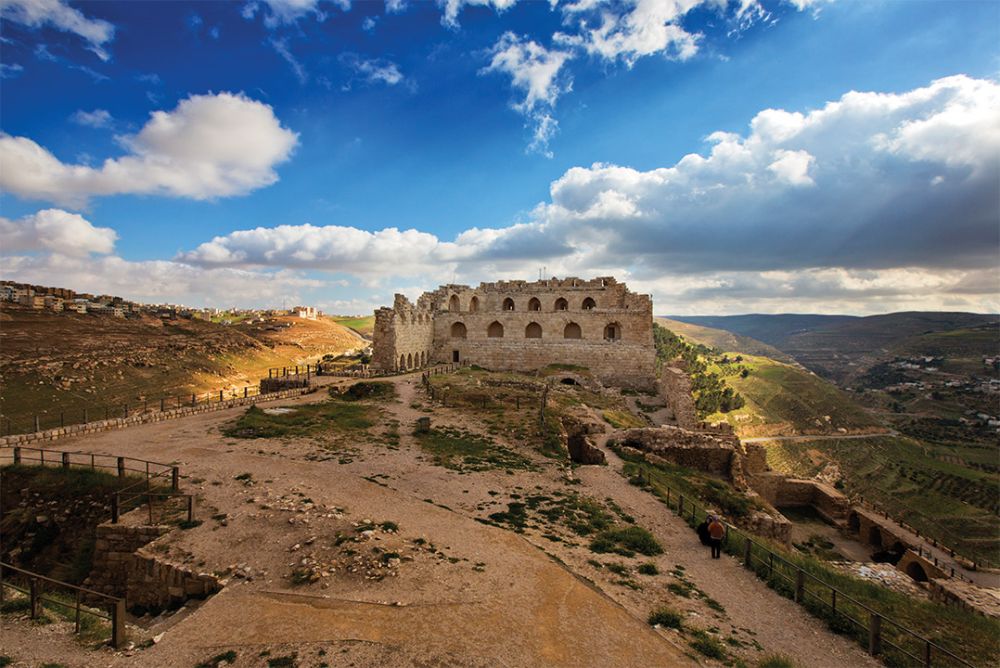

The Karak Archaeological Museum, situated in the town of Karak in Jordan, is a destination steeped in history and cultural significance. Karak itself is known for its stunning Crusader castle, which presides over the town from a commanding hilltop position. The museum is housed within the walls of this medieval fortress, adding a layer of historical ambiance to the experience of visiting the museum.
The history of tourism at the Karak Archaeological Museum is closely tied to the history of the Karak Castle itself. The castle has been a draw for tourists since its partial restoration and opening to the public. Initially, the flow of tourists was limited to those with a keen interest in the Crusades or medieval history; however, the establishment of the museum within the castle's walls in 1980 opened up the site to a wider audience.
With its rich collection of artifacts that span various eras, the museum provides a comprehensive narrative of the region's history, from the prehistoric ages through the Islamic era. The museum’s exhibits are arranged chronologically, which allows visitors to embark on a journey through time, unfurling the layers of Jordan’s historical fabric. Exhibits include pottery, glass, metalwork and coins, as well as an array of stone and marble items. Key attractions include relics from the Moabite period and a series of historical inscriptions.
In recent years, tourism in Karak has diversified. The Ministry of Tourism and Antiquities has made concerted efforts to promote Jordan’s archaeological heritage, and the Karak Archaeological Museum has been central to this strategy. Moreover, Karak is part of the greater Jordan tourism experience that includes the iconic Petra, the enchanting Wadi Rum, and the restorative Dead Sea. This has contributed to a broader base of tourists, ranging from history enthusiasts and academics to adventure seekers and cultural tourists.
The latest trends in tourism at the Karak Archaeological Museum highlight an increasing interest in sustainable and responsible tourism. Visitors are seeking more immersive cultural experiences and have a growing appetite for understanding the historical context of the sites they visit. There is also a trend towards smaller, guided tours, which offer a more detailed and personalized exploration of the museum's collection.
In response to the global pandemic, health and safety protocols have been prioritized, with virtual tours becoming more common as people seek safe ways to explore new destinations from the comfort of their own homes. Technology is playing a more significant role, with apps and online resources enhancing the visitor experience. The museum and local authorities are increasingly using digital tools to engage visitors and provide deeper insights into the region’s history.
The museum offers a rewarding experience for tourists looking to delve into Jordan's past. It remains a must-visit for any historical or cultural itinerary in Jordan. Due to its location within the Karak Castle, visiting the museum also provides a dual experience of exploring both a significant historical site and a collection of archaeological treasures.
As is always recommended when visiting sites of archaeological and cultural significance, tourists are encouraged to be respectful of the artifacts and mindful of the museum's guidelines to ensure a pleasant and enriching experience for all. With continued interest from tourists around the world, the Karak Archaeological Museum will likely continue to be a cornerstone of Jordan's tourism industry for years to come.